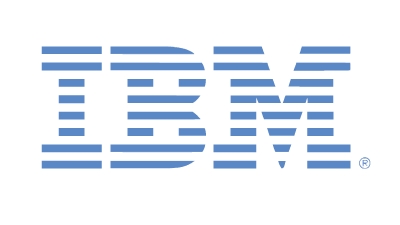3 Ways You Can Be A Cloud Hero
Submitted by Javed Sikander on

Javed Sikander is CTO of cloud services at NetEnrich, a services provider based in San Jose, Calif.
Many enterprises are jumping on the public cloud to modernize their technology infrastructures and save money over private cloud or internal networks. But moving workloads to cloud or refactoring them to run natively in the cloud is not easy. Once they're running in the cloud, they need to be monitored and managed, and IT needs all the help it can get to do that.
That's where the channel comes in, and cloud solution providers can help their large and midsize business customers with three of the top challenges in migrating to a public cloud infrastructure: Understanding the return on investment, determining and achieving a business advantage, and then helping manage the cloud. Those that can do that – and price it all competitively – can gain an edge in the cloud services market.
Today, there are partners that specialize in strategy and assessment: those that focus on implementation; others that do monitoring, management and security; and some that handle it all. For some customers, this might be confusing. Partners will do well to help their customers understand what services are available, what customers need and whether their firms can meet all of them, or whether another partner organization should come on board. Naturally, technology is an important part of these discussions, and in some cases, can fill those gaps in service.
There are hundreds of vendors that offer commercial and open-source tools to automate various steps of the cloud journey, and others that deliver analytics to monitor performance and aid decision-making and refinement.
Here are the three challenges for enterprises, and how channel partners can help:
Understanding ROI
CIOs need to make a sound case for saving money over time by moving significant portions of their environments to the cloud. This can be complicated to calculate, as enterprises have a mix of legacy and homegrown applications, third-party systems such as HR and finance, usually a few SaaS applications, and likely more than one data center. The cost evaluation must consider the assessment, planning and migration costs; application modernization requirements; and any training and staff needs.
How the channel helps: Solution providers can help by providing automated tools and a deep understanding of the on-premises TCO, and compare those costs with those of the cloud. Partners that have developed strong methodologies and best practices, along with expertise in powerful tools to collect and monitor data, are best equipped to help customers make good decisions. The goal is to map an on-premises infrastructure to the cloud, right-size cloud resources, and identify infrastructure and application interdependencies.






